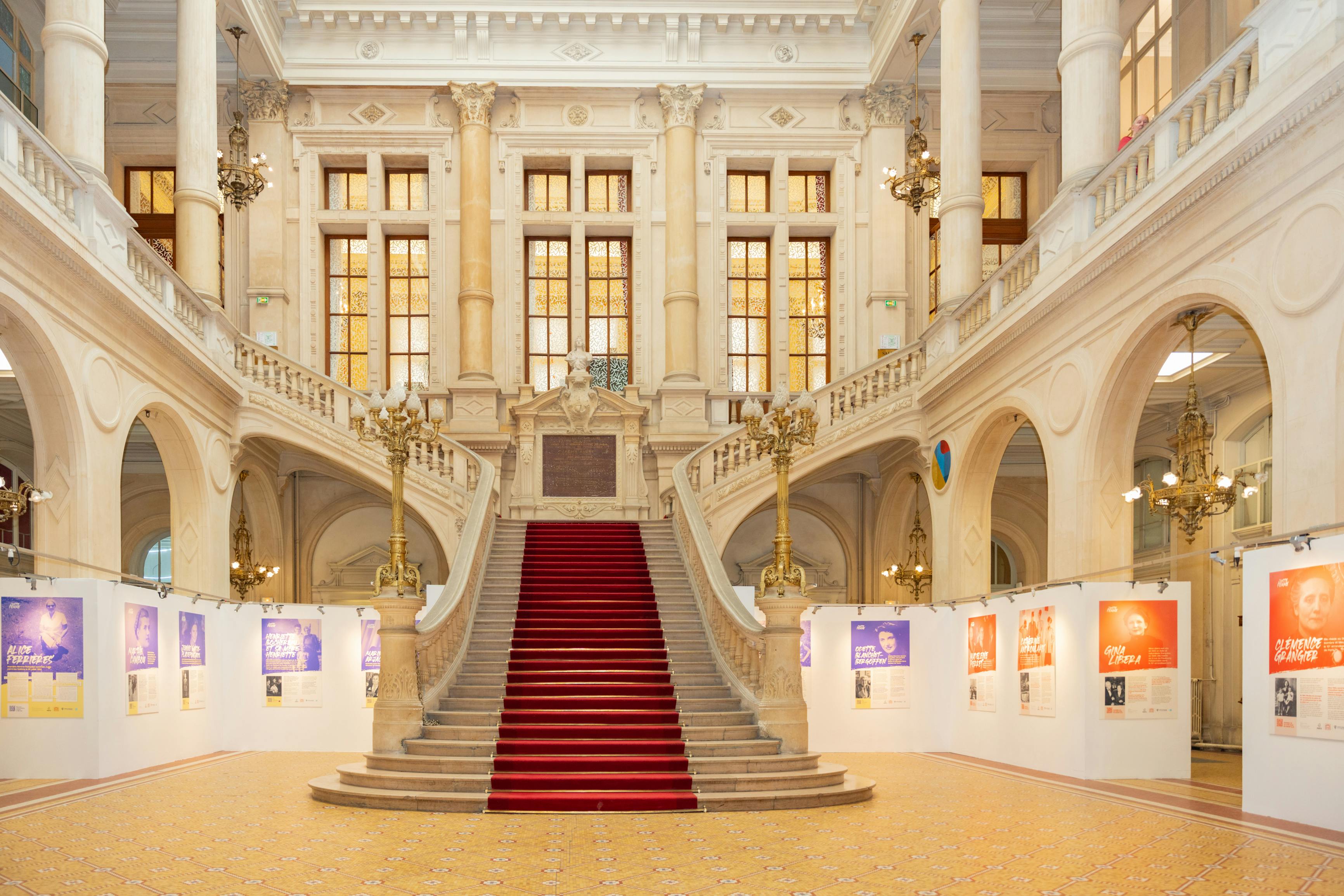The Farshi Shalwar a timeless piece of South Asian attire is experiencing a remarkable comeback in Pakistan this Eid This wide-legged trouser with its rich history and elegant silhouette is proving to be a popular choice among fashion-conscious individuals showcasing its enduring appeal and cultural significance.
The History and Heritage of Farshi Shalwar
The Farshi Shalwar boasts a lineage stretching back centuries Its origins are deeply rooted in the cultural tapestry of South Asia Traditionally worn across various regions the style has adapted and evolved through time maintaining its comfortable and graceful nature Its loose fit made it practical for everyday life while its adaptability made it suitable for festive occasions particularly Eid celebrations.
Farshi Shalwar's Modern Appeal and Versatility
Today the Farshi Shalwar is more than just traditional attire It's a versatile garment lending itself to contemporary styling Designers are experimenting with different fabrics colors and embellishments creating unique variations ranging from simple and understated styles to richly embroidered festive wear This adaptability is a key factor in its resurgence and lasting appeal in modern Pakistani fashion.
The Farshi Shalwar's Eid Significance and Future Trends
Eid ul-Fitr and Eid ul-Adha are major festivals in Pakistan and many other Muslim-majority countries and new clothing is a tradition The Farshi Shalwar's resurgence during these celebrations highlights its enduring association with festivity and cultural identity As designers continue to innovate expect to see even more creative and stylish interpretations of this timeless garment ensuring its continued relevance in Pakistani and broader South Asian fashion for years to come






